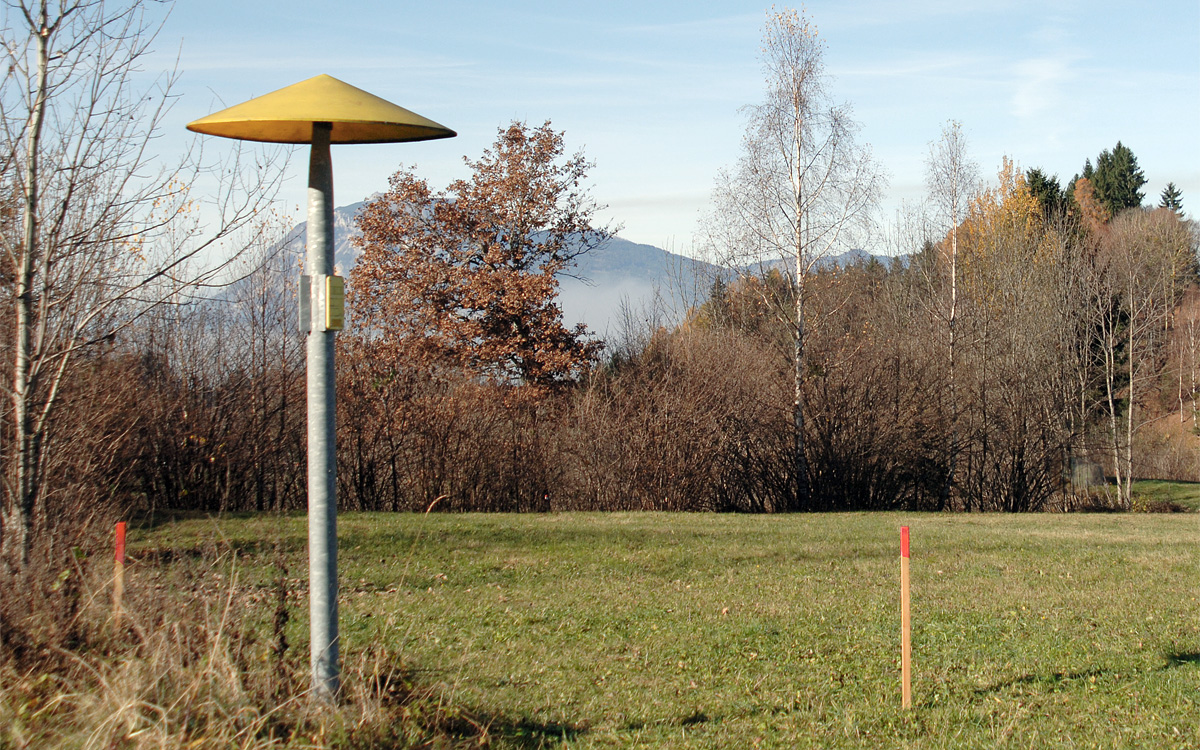
On-site support
Technical project planning and implementation
Technical construction actually begins long before the pipeline transports its initial deliveries of gas. Our experts build up a detailed picture of the site before the route planning gets under way. They are in constant contact with municipalities, local residents, and authorities such as the Austrian Federal Office for the Care of Monuments. The processes involved in a typical pipeline project are outlined below.
Preparatory work
- Exploration drilling to obtain geological data
- Excavation of suspect areas in conjunction with the Office for the Care of Monuments
- Agreements with the respective chamber of agriculture
- Building permits secured on the basis of environmental impact assessments (water, environment and forestry)
- Environmental protection measures
- Obtaining evidence (property lines, drainage systems, wells, buildings, pathways)
- Forest marking and assessment
Construction
- Notification letter
- Tree felling and mulching
- Route pegging
- Inspection of route by weapons disposal experts
- Humus removal
- Pipe hauling
- Pipe welding, examination and insulation
- Trench opened, spoil stored separately from humus
- Pipe jacking (roads, rail tracks and channels)
- Pipe lowering, welding of jointing seams in the trench
- Water pressure testing
- Trench backfilling
- Restoration of pipeline route (replacement of humus), destoning and subsoiling
- Ascertaining construction site area for calculation of loss settlements
- Restoration of boundary stones, roads, paths and embankments
- Afforestation
Specialist construction activities
- Blasting: Geological conditions may mean that explosives are needed to create part of the trench for the pipeline.
- Findings Federal Monuments Office
- Weapons disposal
